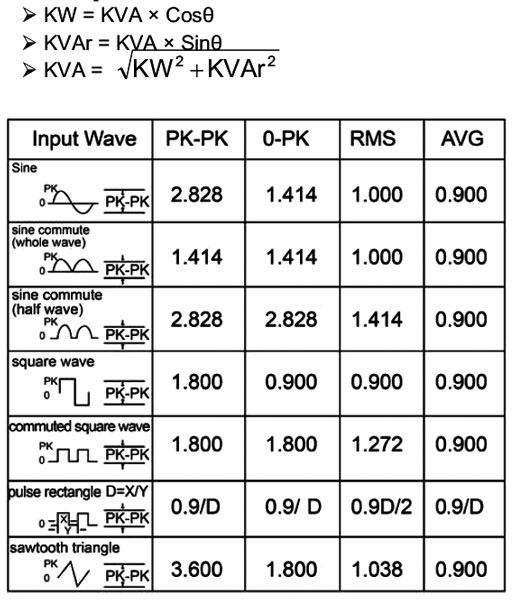I know what true-rms is, but I wonder if it is required to measure a real audio signal.
With "real" I mean a mix of many frequencies, not just a test pure sine wave.
I suppose an average meter should work fine, but I've got no true-rms to compare.
Would an average and true-rms meters differ in readings?
Thanks!
With "real" I mean a mix of many frequencies, not just a test pure sine wave.
I suppose an average meter should work fine, but I've got no true-rms to compare.
Would an average and true-rms meters differ in readings?
Thanks!

